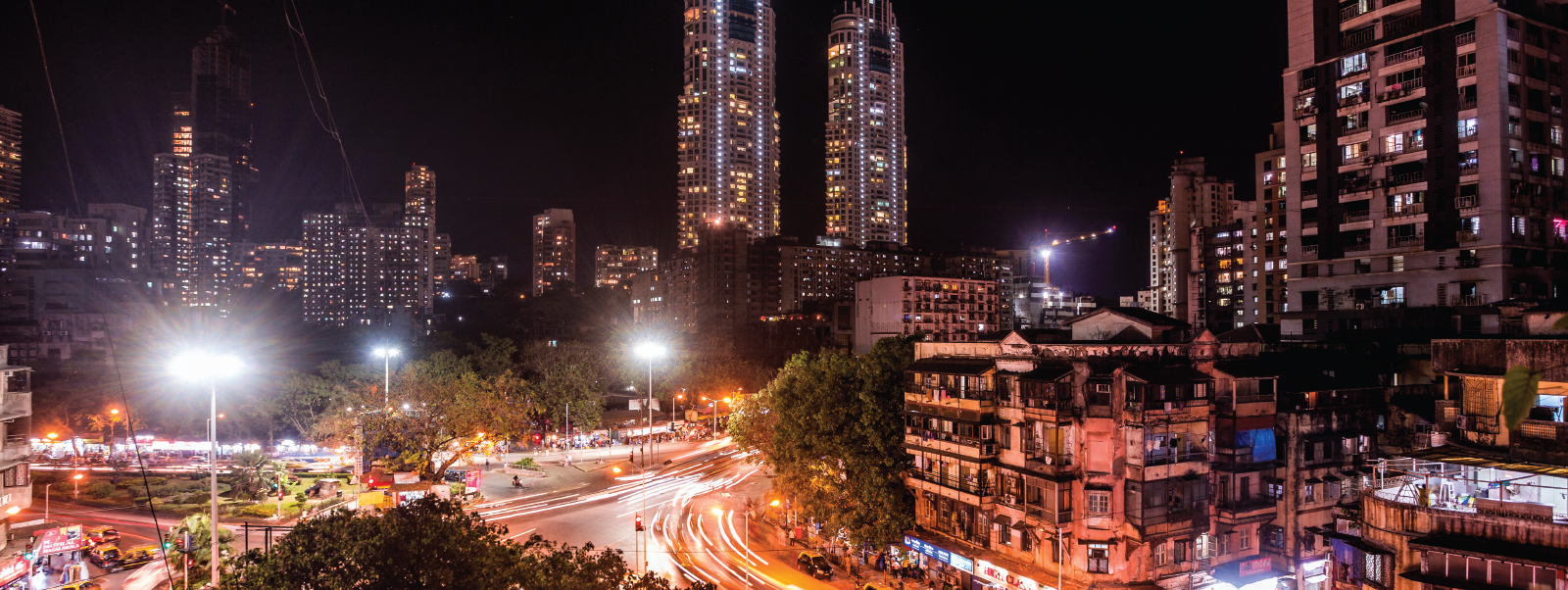This article is based on an article that first appeared in India's Business Standard.
The Chinese and Indian economies have grown rapidly over the past decade. In China, this growth has been fueled by a dramatic expansion of credit, up from 140 percent of GDP in 2008 to 260 percent today. Credit has also expanded in India during the past decade, but it started from such a low base that private-sector debt is now only 86 percent of GDP – less than half the average of advanced economies.
Given this difference, you might expect Chinese banks to be struggling with bad debt while Indian banks enjoy the stability that comes with slow credit expansion. In fact, things are the other way around. Many commentators suspect that the official non-performing loan ratio of 1.7 percent understates the true extent of bad debt in China. A serious credit crisis may be looming in China.
9.6% — India’s official non-performing loan ratio
But a credit crisis has already emerged in India, where the official non-performing loan ratio is 9.6 percent and the ratio of “stressed assets,” which also includes restructured loans, is 14 percent. Even at the height of the global financial crisis, non-performing loan ratios in Greece, Portugal, and Italy did not reach this level.
About Authors
David Bergeron is a Mumbai-based partner and Amit Deshpande is a Mumbai-based principal in Oliver Wyman’s Financial Services practice. Wolfram Hedrich is the Singapore-based executive director of Marsh & McLennan Companies’ Asia Pacific Risk Center.






